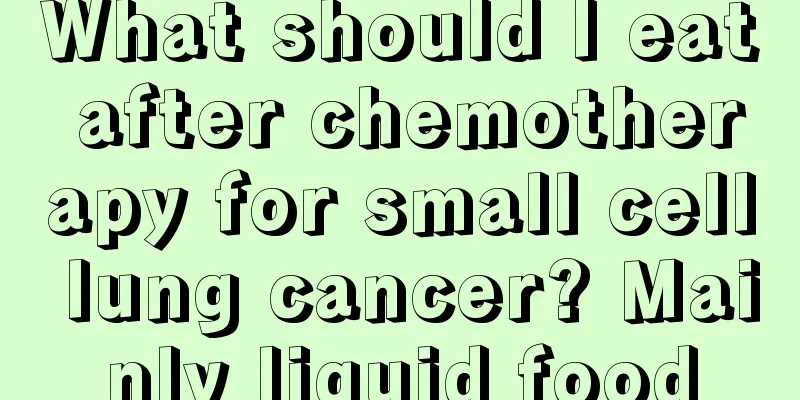Acute bronchiolitis often has these symptoms

|
As for bronchiolitis, it is mainly a respiratory tract infection. When suffering from this disease, its symptoms are divided into many types, and this disease generally occurs in children. Children themselves will not express their symptoms, so parents should understand what are the symptoms of acute bronchiolitis? Children often experience rapid breathing, tachycardia, and prolonged exhalation. Infants and young children are prone to wheezing and crackles, which may be accompanied by nasal flaring and chest retraction. The disease has an acute onset, with rapid onset of increased breathing and coughing and wheezing within 1 to 3 days, accompanied by irritability, vomiting, and loss of appetite. Upper respiratory tract catarrhal symptoms and cough are often precursors to bronchiolitis attacks. The prodromal period often includes mild fever lasting 1 to 7 days. When the lower respiratory tract is affected, severe cough and high fever may occur. Cough is a prominent symptom of bronchiolitis, which starts with a paroxysmal dry cough and is later accompanied by sputum, mostly white and sticky sputum. At the same time, there are varying degrees of wheezing and shortness of breath. Compared with common pneumonia, the symptoms of wheezing and shortness of breath are more severe and appear earlier. During an attack, breathing is shallow and rapid, accompanied by expiratory wheezing, and the respiratory rate reaches 60 to 80 times per minute or faster. Some patients suffer from dehydration and acidosis due to hyperventilation and inadequate fluid intake. In severe cases of hypoxia, signs of encephalopathy such as confusion, convulsions, and coma may occur, and cyanosis may occur in severe hypoxemia. Some children may experience vomiting and diarrhea, but they are generally not serious. Lung examination reveals clear percussion sounds, decreased breath sounds on auscultation, and a full range of wheezing or whistling sounds. Fine moist rales may be heard when the wheezing is relieved. Most patients have obvious "three-depression sign", nasal flaring, irritability and cyanosis. Heart failure is rare. As the disease progresses, tachycardia becomes a prominent symptom, sometimes even though the body temperature has returned to normal. Auscultation is highly variable, with wheezing with or without crackles. Increased dyspnea and a corresponding decrease in positive lung auscultation findings suggest worsening obstruction and impending respiratory failure. |
<<: Bronchitis with dry cough and no sputum can be treated like this
>>: Acute attacks of bronchial asthma often have these three manifestations
Recommend
How to treat weekend anxiety?
Nowadays, with the increasing pressure of society...
Corn pest and disease control
Corn is the most common crop in rural Northeast C...
The main methods to prevent the occurrence of nasopharyngeal cancer
The high incidence of nasopharyngeal cancer is re...
What is fear of the dark? Is this normal?
The alternation of day and night in spring, summe...
What are the ways to prevent prostate cancer?
Although prostate cancer is more common nowadays,...
Benefits of brushing teeth with lemon juice
With the continuous improvement of living standar...
What are the functions and effects of tourmaline bracelets
Tourmaline is a particularly precious gem. Among ...
How many kinds of high-five push-ups can you do
Male friends, do you have the habit of doing push...
How to remove wax from new tiles
How to remove wax from new tiles. As more and mor...
The harm of premature love in junior high school
Puppy love refers to a state of love between peop...
Small pimples under the tongue
The symptom of small bumps growing under the tong...
How to know if you are suitable for canthus opening?
In today's society, many female friends with ...
Do you know what are the causes of bladder cancer?
Bladder cancer is a common cancer disease, and we...
Itchy vulva due to heavy moisture
There are many reasons for excessive moisture in ...
How to prevent allergic rhinitis turns out to be these 6 habits
Spring is the season when all things come back to...









